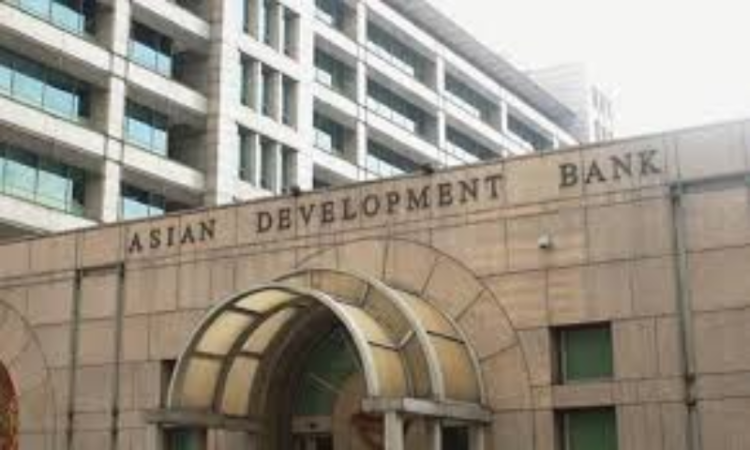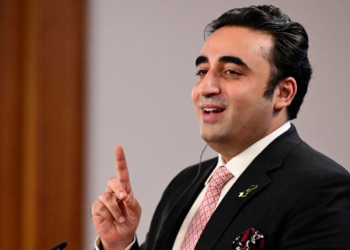Islamabad, April 9, 2025: The Asian Development Bank (ADB) on Wednesday forecast a modest but promising recovery for Pakistan’s economy, projecting a 2.5% GDP growth for fiscal year 2025, driven by ongoing structural reforms and signs of macroeconomic stability.
In its latest Asian Development Outlook (ADO) for April 2025, the ADB highlighted encouraging signs of economic recovery, crediting progress on key reform initiatives and tighter macroeconomic policies. The lender anticipates that growth will strengthen further to 3% in FY2026, as reforms continue to take root.
The report attributes the improving outlook to the macroeconomic stabilization under Pakistan’s Extended Fund Facility (EFF) program with the International Monetary Fund (IMF), launched in October 2024. It notes that adherence to the economic adjustment program remains critical for long-term resilience and sustainable, inclusive growth.
“Pakistan’s economy has benefited from improved macroeconomic stability through robust reform implementation in areas such as tax policy and energy sector viability,” said Emma Fan, ADB Country Director for Pakistan. “Sustained policy reform is essential to support this growth trajectory and to strengthen fiscal and external buffers.”
The ADB anticipates that the private sector will lead the economic rebound in FY2025, buoyed by enhanced investor confidence, a more stable foreign exchange market, and policy-driven improvements in the business environment. Progress on reform measures is also expected to spur industrial and service sector activity, aided by recent monetary easing.
In addition, strong remittance inflows, a decline in inflation, and an improved macroeconomic framework are expected to boost overall demand. Average inflation is forecast to fall sharply to 6% in FY2025, with a further decline to 5.8% in FY2026, driven by subdued food inflation, stable global commodity prices, and moderate domestic demand conditions.
Despite the encouraging outlook, the ADB underscored the need for continued reform to address structural bottlenecks. One area of concern is the low female labour force participation, which remains significantly below regional and global averages. The report notes that empowering more women to work outside the home could enhance productivity, drive economic output, and promote gender equity.
The ADB’s forecast presents a cautiously optimistic view of Pakistan’s economic trajectory, hinging on the sustained commitment to structural reform and sound economic management.








